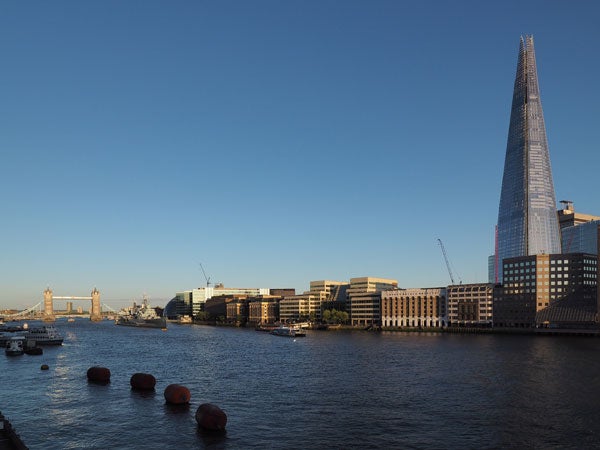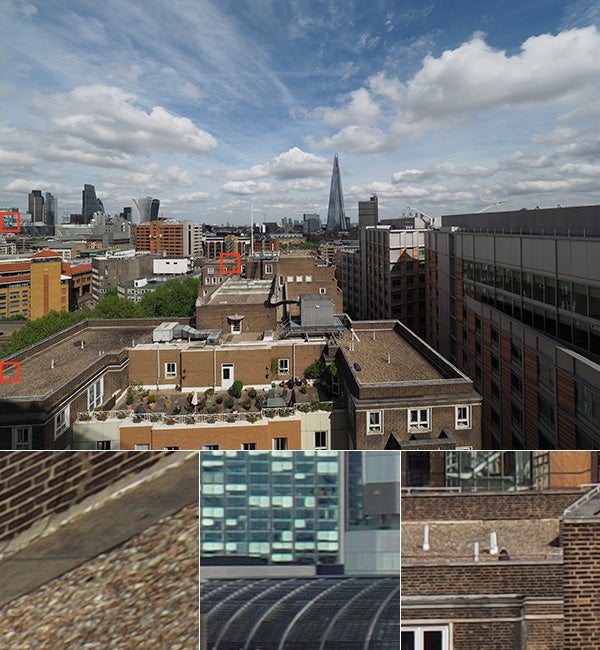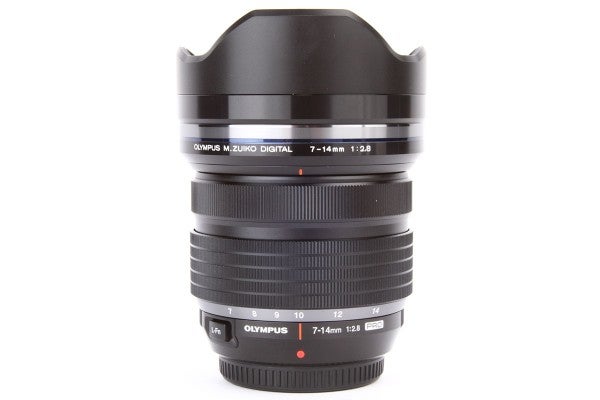Andy Westlake assesses the Olympus M.Zuiko Digital ED 7-14mm 1:2.8 PRO, a fast wideangle zoom for Micro Four Thirds
Olympus M.Zuiko Digital ED 7-14mm 1:2.8 PRO review
Olympus 7-14mm 1:2.8 review – Image quality

With this 7mm shot I used the OM-D E-M5 Mark II’s keystone correction to correct converging verticals
We’ve become used to seeing excellent lenses from Olympus over the years, with both the 12-40mm f/2.8 and 40-150mm f/2.8 delivering exemplary results. But wideangle lenses are infamously more difficult to design, and this shows up when we examine images from the 7-14mm. That’s not to say that the lens is bad, but typically for its type, it doesn’t deliver quite the same corner-to-corner sharpness as its siblings.
Having said that, the lens is exceptionally sharp in the centre of the frame, especially at its widest setting. Indeed when used with the OM-D E-M5 Mark II’s high resolution composite 40-million-pixel mode, it still clearly has resolution to spare. But at the 7mm position the image becomes visibly more smeared towards the extreme corners of the frame, particularly wide open at f/2.8. Stop down to f/5.6 and things improve considerably, but even then the corners never quite match the centre. It’s worth noting though that you don’t have to move too far into the frame for the image to sharpen up noticeably.

100% crops of an E-M5 II high-res composite at 7mm f/5.6 taken from the corner, edge and centre of the frame. The centre is remarkably sharp but the edge and corner are visibly softer.
Zooming in, the disparity between the centre and corners of the frame reduces considerably, and at the 14mm setting the lens gives pretty even sharpness across the frame. In general the best results are obtained around f/5.6 and a stop either side. As usual for Micro Four Thirds, diffraction softens the image visibly at smaller apertures, and I wouldn’t normally use anything beyond f/8.
Needless to say it’s up to each photographer to decide for themselves whether this performance will meet their needs. Personally I’d be entirely happy with these results – with a wideangle lens, while it’s good to have excellent corner performance wide open, it’s often easy enough to stop down to f/5.6 without having to increase the ISO due to lack of light, even when shooting hand-held. This is particularly true for Olympus users, who can always employ the camera’s in-body image stabilisation.
Like most Micro Four Thirds lenses, the 7-14mm is designed around in-camera distortion correction. This means that curvilinear distortion is absent both from the camera’s JPEG output, and raw files processed though mainstream software. Uncorrected files, should you ever choose to make them, show visible barrel distortion at 7mm which goes away at 14mm. In much the same vein, most Micro Four Thirds cameras will now also remove colour fringing towards the corners of the frame due to lateral chromatic aberration.
Flare control is an important aspect of such a wideangle lens, and here the 7-14mm also performs pretty well. Contrast and detail holds up very well when shooting directly into the sun, which is great if you like shooting dramatic contre-jour images.







